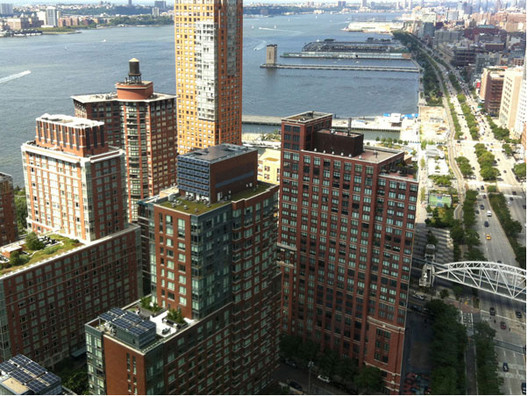
The Mapdwell Project is a collaborative effort of researchers, academics, and professionals from MIT from a range of fields - design, building technology, engineering, environmental sciences, finance, and computer sciences - to develop a community resource of research-driven and tested information of sustainable practices.
The Sustainable Design Lab at MIT collaborated with design studio MoDE (Modern Development Studio), which designed the online viewer.
The fundamental goal of Mapdwell is to deliver a tool that enables communities to make informed decisions about how to incorporate sustainable practices into their lifestyles through community awareness, and access to information about energy efficiency and smart development.
More details on this tool after the break.


















